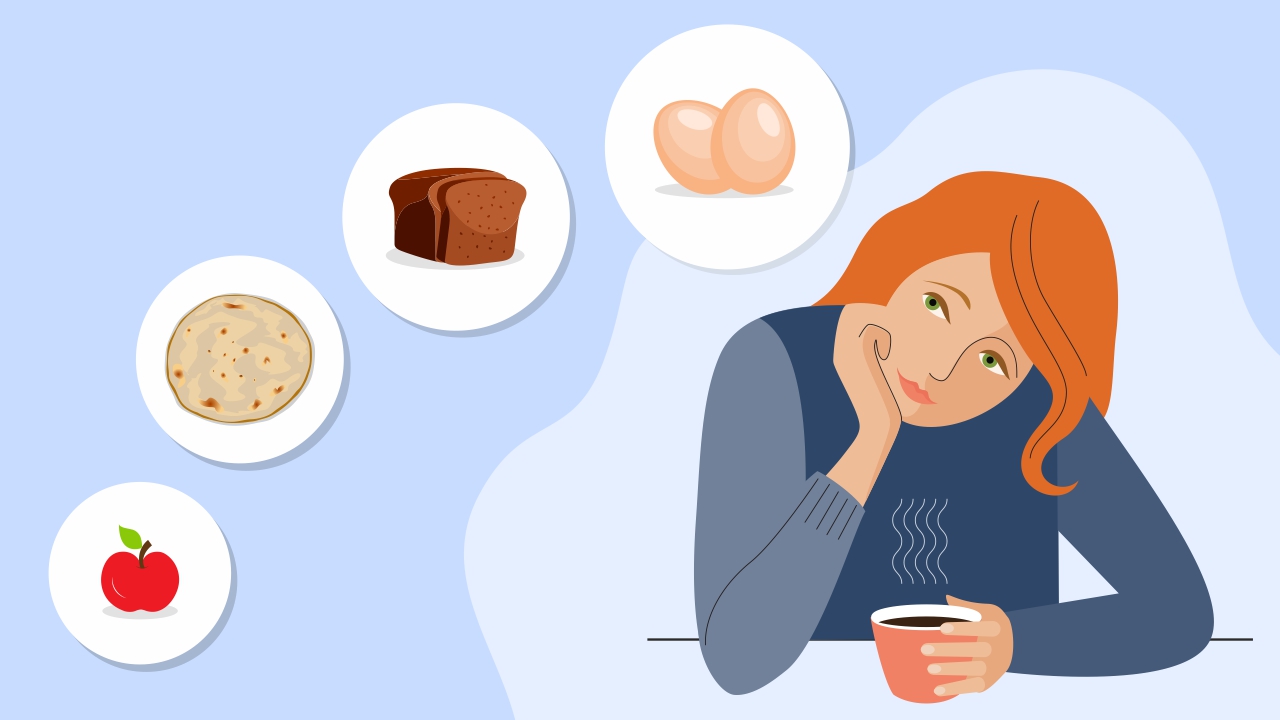
Meal Prep for Weight Loss: How to Do It Right
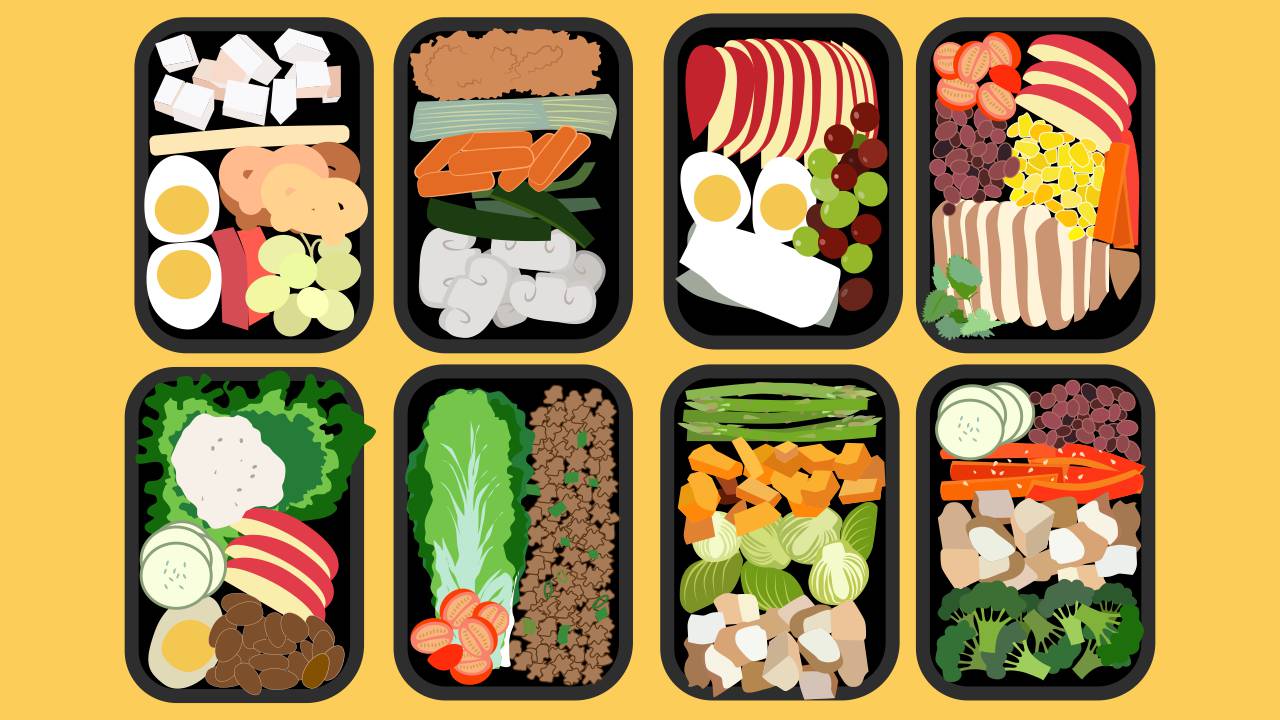
Weight loss is a difficult road once you have begun the journey to that right number on the scale. It’s not easy to achieve and maintain, what with our busy lifestyles and limited time to take care of exercise and diet. But understanding some basic concepts can come in handy. An effective habit to develop is meal planning for weight loss.
The food you eat and the physical activity you do during the day should add up to create a negative energy balance for you to start losing weight. In other words, your body should consume less energy than it’s spending in order to shed the deposited fat. Therefore, your diet needs to be planned in a manner that keeps you in a calorie deficit.
And this is the tricky part. A diet that is too low on calories may leave you vulnerable to deficiencies if not planned carefully. It is important to ensure that your meals are nutrient-dense, ie, packed with essential nutrients, even as you maintain a calorie deficit. So, here’s the perfect guide to help you with meal prep for weight loss.
What to know before you start
The best diet plan for weight loss usually follows a few universal criteria.
- Your diet should be rich in fiber, protein, and micronutrients
- It should include a lot of fresh and local vegetables and fruits
- A weight loss diet should restrict consumption of refined and ultra-processed foods such as soft drinks, chips, packaged cereals, candy, chocolate, and so on.
Now, let’s look at the strategies and tools you can use for effective meal prep for weight loss.
Plan your groceries
To most adults, a grocery store is what a toy store is to kids. We usually end up buying unnecessary things and unhealthy amounts of snacks. A list could do wonders in this situation and help keep you away from the attractively packaged foods loaded with sugar, salt, fat, and artificial colors or preservatives.
Here’s a table you could follow to plan your grocery shopping.
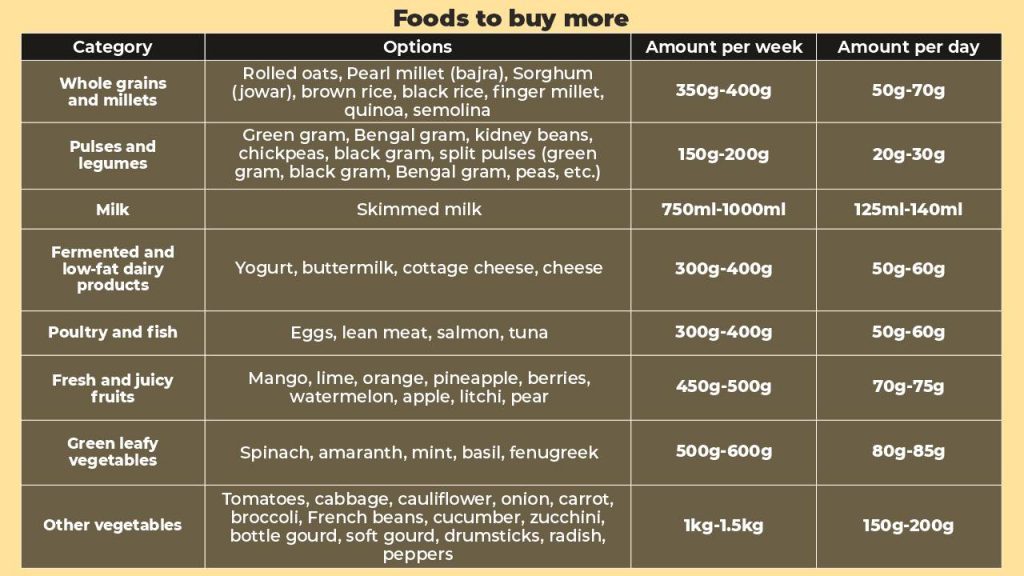
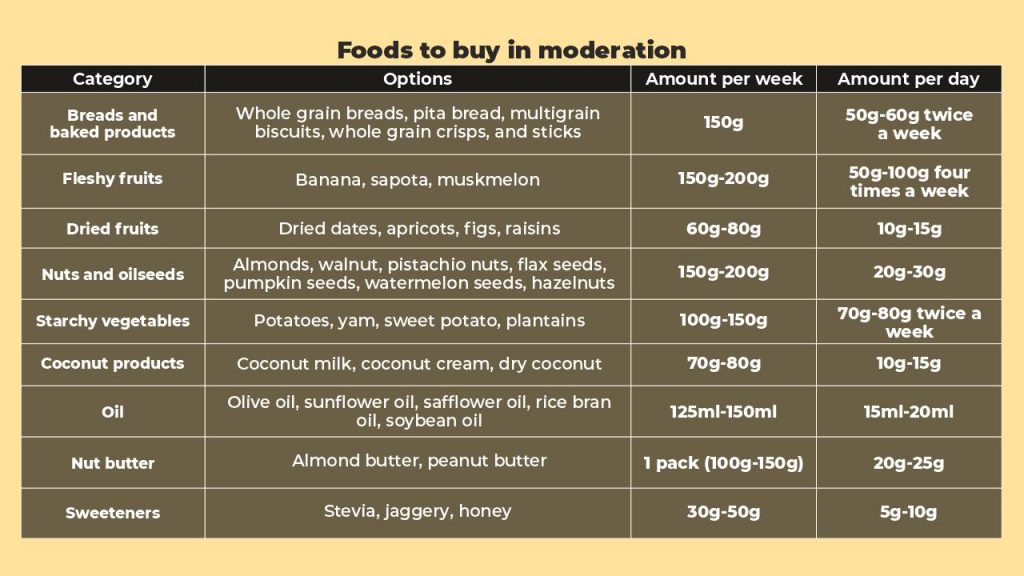
While it is important to include the above foods, it is as important to limit, or even better, avoid the consumption of the following foods. You can have the following foods occasionally if you are otherwise following a healthy diet.
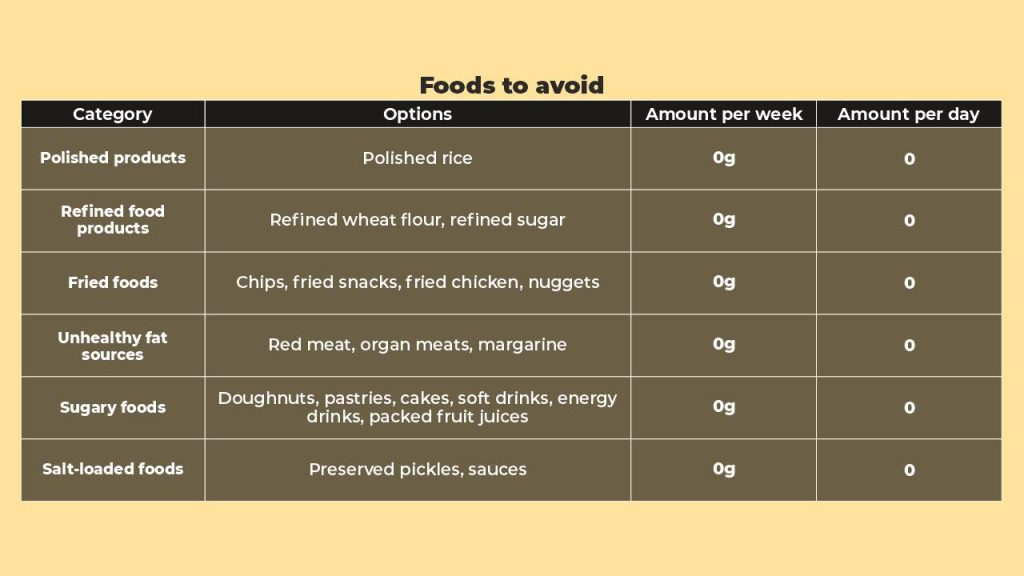
How to portion daily meals
Portion planning is an important aspect of meal prep. If you are planning to eat 70g-75g grains or cereals per day, it may be advisable to take ⅔rd of the grains during lunch and dinner, and use the rest for a mid-meal snack.
Or, say you’re planning to have 80g of fruits a day, you can divide the amount and include a greater portion (55g-60g) in breakfast or mid-morning meal, and use the rest post-lunch. Additionally, you can plan your meal in such a way that the sudden intake of food does not mess with your insulin levels or digestive capacity. For instance, combine fruits with a few nuts or seeds to avoid a blood sugar spike.
Also watch: Carbs to Eat for Weight Loss
Purchase a food scale
It often happens that we eat more of the food we prefer, and so, lose the sense of the original meal plan. You can purchase a food scale to perfectly weigh your portions for everyday meals. It helps you keep your portions in check.
Cooking suggestions for easy meal prep
When it comes to an Indian food diet for weight loss, one of the worst troubles of healthy meal prep is cooking. Since you want to avoid processed, junk food like sugary drinks, pizzas loaded with cheese, fries, pastries, cookies, cakes, chips, etc. you’ll have to rely on an efficient cooking process that saves you time and effort, while also helping you prepare nutritious meals.
A few techniques that could be handy are:
Batch cooking
Cook more food, but less often. You prepare a meal plan for the week, get the groceries, and take out a few hours of your weekend to cook most of the meals you’ll consume the coming week.
Batch cooking involves washing, cutting, baking, roasting, tossing, blending enough food to see you through most of the week.
Batch cutting
You’d need vegetables every day to go into your meals, which may comprise salads, pasta, gravies, or rice dishes. Batch cutting these veggies and storing them in airtight containers at a cooler temperature will save you a lot of time. If the stock of vegetables you purchase for your Indian food diet for weight loss tends to be less (for a week), you can store them in a refrigerator. Frozen vegetables are also a good idea, since it doesn’t affect the quality of the food. Vegetables such as corn, peas, broccoli, cauliflower, carrots, green beans, celery, peppers, etc. can be frozen and used whenever necessary.
Storing batch-prepared food
It is very important to have ideal storage conditions to make the batch preps work. For instance, peeled garlic cloves can be stored at room temperature, but most vegetables need to be stored at a cooler temperature.
Also, have an idea about the ideal storage time before the food item gets spoiled or starts losing its nutritional value. If you are freezing vegetables, they stay fresh for months. If you refrigerate them, it is good to use them within a week. Cooked meals such as boiled pasta, rice, tortilla, etc. should be used within a day or two. Similarly, if you have prepared dips, spreads, marmalades, etc, you’d need to finish them in a couple of weeks.
Portioning plays a major role in storing food. To make your meal prep even easier, portion your food while storing it. Use containers with compartments, or different containers to do the same.
What to do when ordering out
Avoid unhealthy amounts of cheese, butter, oil, or food that’s laden with sugar or additives such as MSG, artificial food coloring, etc. Ask the restaurant if they could customize the dish for you. Do not go rogue on mayo or cheese dips. Avoid ordering foods with high amounts of refined carbs, such as burgers. And if you do, find a way to remove the excess refined flour. For example, you could remove a piece of the bun from the burger.
Another way to avoid consuming unhealthy food or overeating while you’re ordering from outside is to have fiber-rich, protein-rich, and nutritionally-dense items in your Indian food diet plan for weight loss. Look for soups, dishes with less refined flour and more vegetables, and food with the least amount of oil and sugar.
Also read: Let’s Bust Some Common Weight Loss Myths
How to build nutrient-dense meals?
There is a huge difference between energy-rich food and nutrient-rich food. Energy-rich foods, when consumed in large amounts, will only contribute to weight gain. Basically, you’d be consuming food lacking essential nutrients referred to as empty calories.
Nutrient-rich foods are devoid of extra sugars, saturated fats, sodium etc. and rich in micronutrients such as minerals and vitamins. This is the type of food you need to consume in order to lose weight efficiently.
There are a lot of underutilized nutrients such as iron, calcium, vitamins C, A, D, and E, potassium, magnesium, and fiber, which when consumed less, are known to cause severe physiological issues.
Some tips to make your meals nutrient-dense:
- Replace your sugary, carbonated drinks with unsweetened coffee, buttermilk or tea
- Add more vegetables to your sandwiches and burgers and cut down on cheese and refined flour
- Avoid processed meat and opt for roasted chicken, salmon or tuna, boiled eggs
- Snack on a small amount of nuts and baked vegetable crisps instead of potato chips
- Prefer fruits over sugar-laden candies, sweets
- Replace ice-cream and milkshakes with greek yoghurt
Tips to up your diet game
1. Think out of the box
Learn about the best nutrient combinations and make sure you eat these foods in a way that gives you the most out of them. For example, iron-rich foods should be taken with vitamin C-rich foods.
2. Don’t run after trends
Detox diets, juice diets, etc. do not work. Following them blindly will only bring you deficiencies. Learn the requirements of your body and eat accordingly. Take cues from your body for hunger, satiety, or bloating.
3. Maintain your meal timings
The gaps between your meals are as important as your meals. Giving your digestive system a schedule to stick to and enough time to digest what you eat is crucial. Ideally, you should keep a gap of about four hours between each meal. But exceeding this limit might cause digestive issues.
As you see, a little planning goes a long way when it comes to eating right and losing weight. Since you’ve already sorted your meals for the week/ month, you’re less likely to indulge in impulsive eating, and hence, nutritionally poor choices. Since you’ll be batch-cooking, there will be fewer grocery store runs, mindful purchase of materials, and fewer expenses on unhealthy snacks and beverages bought out of habit every time you step into a grocery store. The idea is pretty much to have a better relationship with food, and know how to break it into suitable portions. They’d score any day over take-out meals.
References
1. Ducrot P, Méjean C, Aroumougame V, et al. Meal planning is associated with food variety, diet quality and body weight status in a large sample of French adults. Int J Behav Nutr Phys Act 2017; 14: 12.
2. Strychar, I. Diet in the Management of Weight Loss. CMAJ 2006; 174: 56–63.
3. Ziemer DC, Berkowitz KJ, Panayioto RM, et al. A Simple Meal Plan Emphasizing Healthy Food Choices Is as Effective as an Exchange-Based Meal Plan for Urban African Americans with Type 2 Diabetes. Diabetes Care 2003; 26: 1719–1724.




